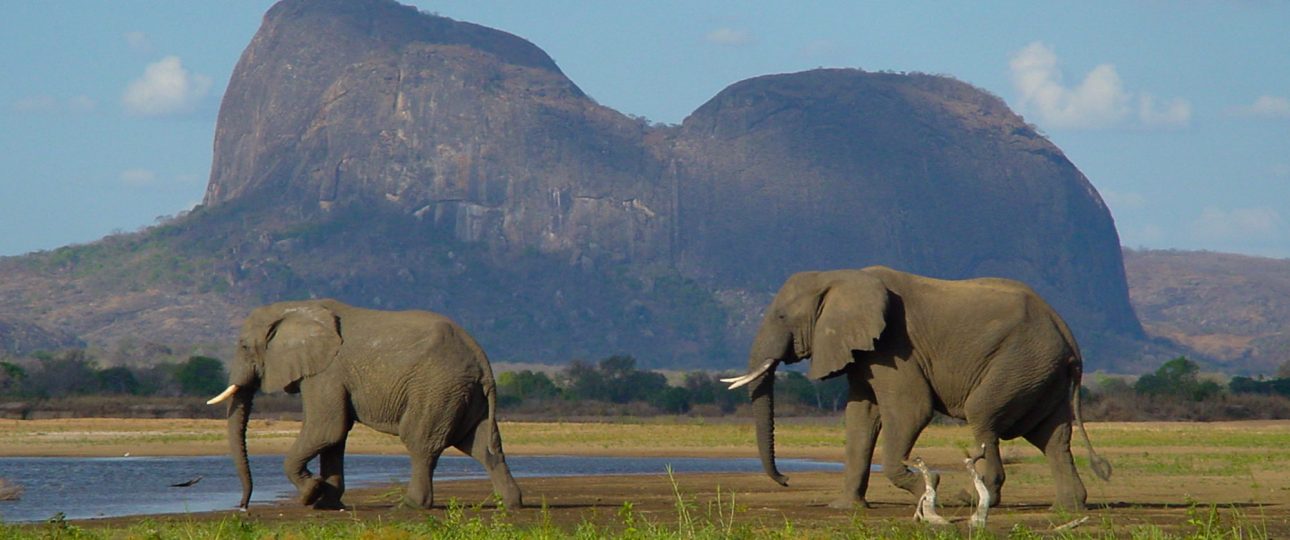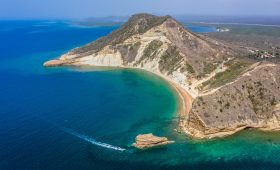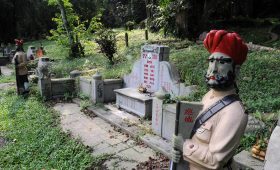Exploring Niassa Reserve: A Journey into Mozambique’s Wilderness
Discovering Niassa Reserve
Niassa Reserve, located in northern Mozambique, is one of Africa’s largest protected areas, covering over 42,000 square kilometers. Established in 1954, it remained largely unprotected until the end of the Mozambican Civil War. Today, it stands as a testament to nature’s resilience, offering a glimpse into a world where wildlife thrives in its natural habitat.
Wildlife and Ecosystem
Niassa Reserve is a sanctuary for diverse wildlife. It boasts significant populations of elephants, lions, leopards, and African wild dogs. The reserve is also home to over 400 bird species and large populations of Cape buffalo, impala, and zebras. The ecosystem is primarily miombo woodland, interspersed with savannahs and wetlands, supporting a rich variety of flora and fauna.
When to Visit
The ideal time to explore Niassa Reserve is during the dry season, from May to October. This period offers pleasant weather and increased wildlife visibility as animals congregate around water sources. However, be prepared for high temperatures and ensure you stay hydrated.
Travel Logistics
Reaching Niassa Reserve requires careful planning. The most accessible route is via Pemba International Airport in northern Mozambique. From there, you can arrange a private charter or join a guided tour to the reserve. Keep in mind that the reserve’s remoteness and limited infrastructure can pose logistical challenges.
Exploring the Reserve
Once at Niassa, local transportation is sparse. The best way to experience the reserve is through guided safari tours. These tours provide knowledgeable guides who offer insights into the wildlife and ecosystem. Accommodations are typically included, allowing for an immersive experience in the heart of the wilderness.
Considerations and Challenges
While Niassa Reserve offers unparalleled natural beauty, it also presents challenges. The lack of established tourism infrastructure means visitors should be prepared for basic accommodations and limited amenities. Additionally, recent security concerns, such as the 2025 attacks by militants, highlight the importance of staying informed about current conditions before planning your visit.
- Niassa Reserve is one of Africa’s largest protected areas, covering over 42,000 square kilometers.
- The reserve is home to diverse wildlife, including elephants, lions, leopards, and African wild dogs.
- The best time to visit is during the dry season from May to October.
- Pemba International Airport is the most convenient gateway to the reserve.
- Guided safari tours are recommended for exploring the reserve.
- Visitors should be aware of the limited infrastructure and potential security concerns.




